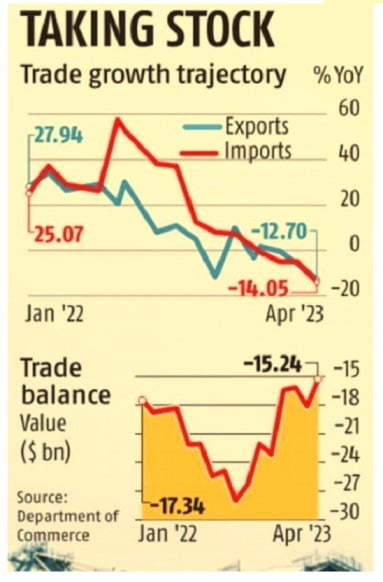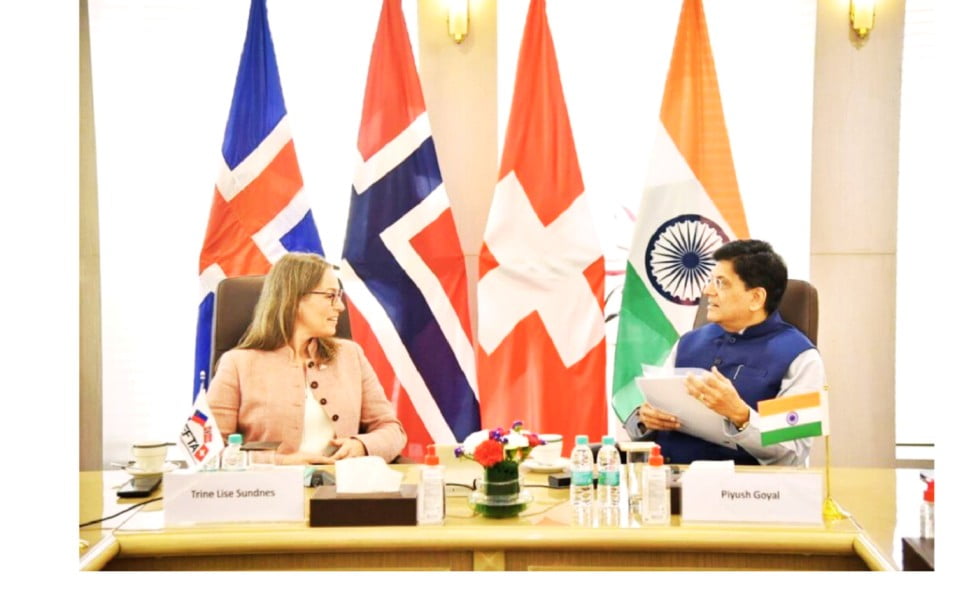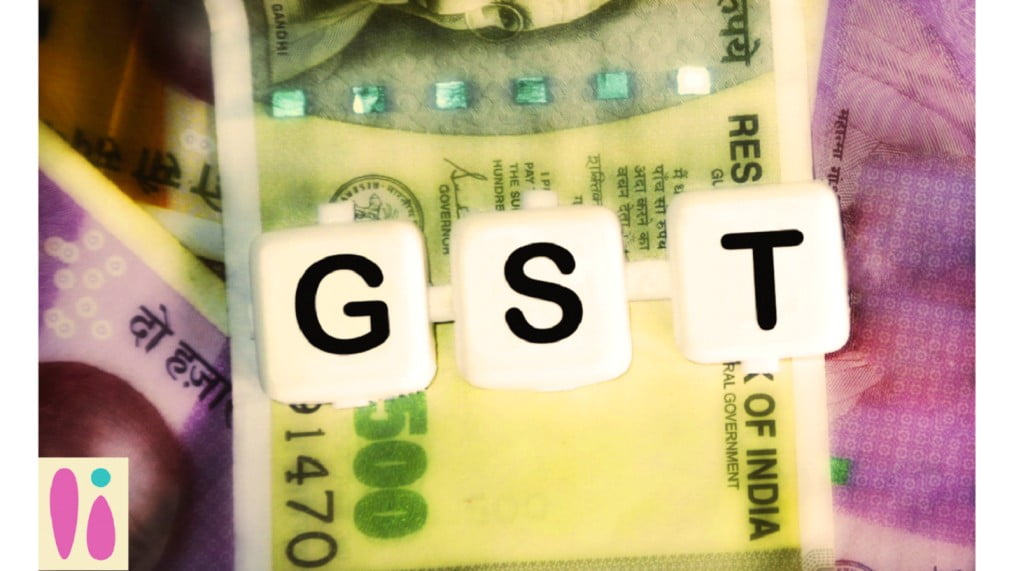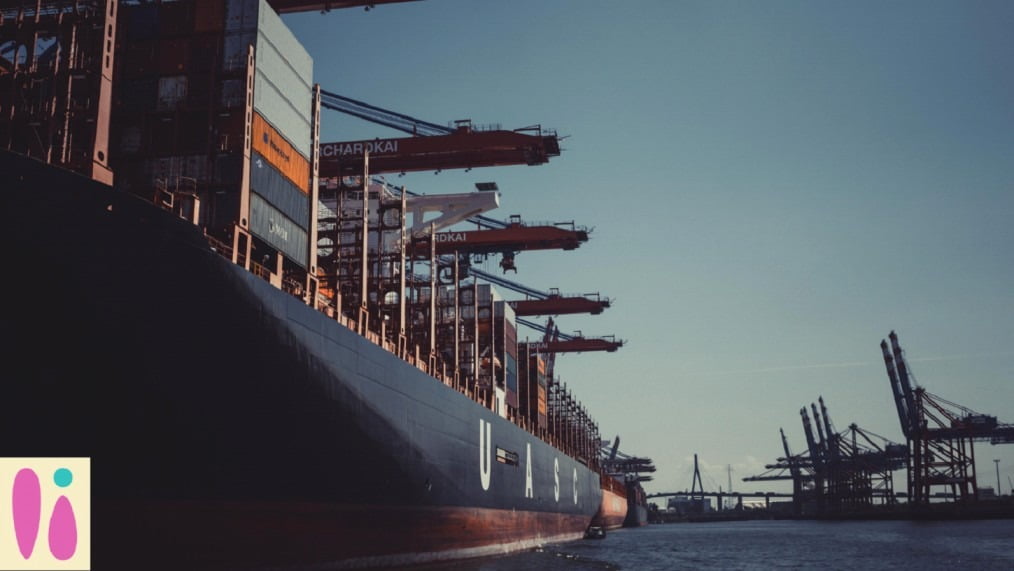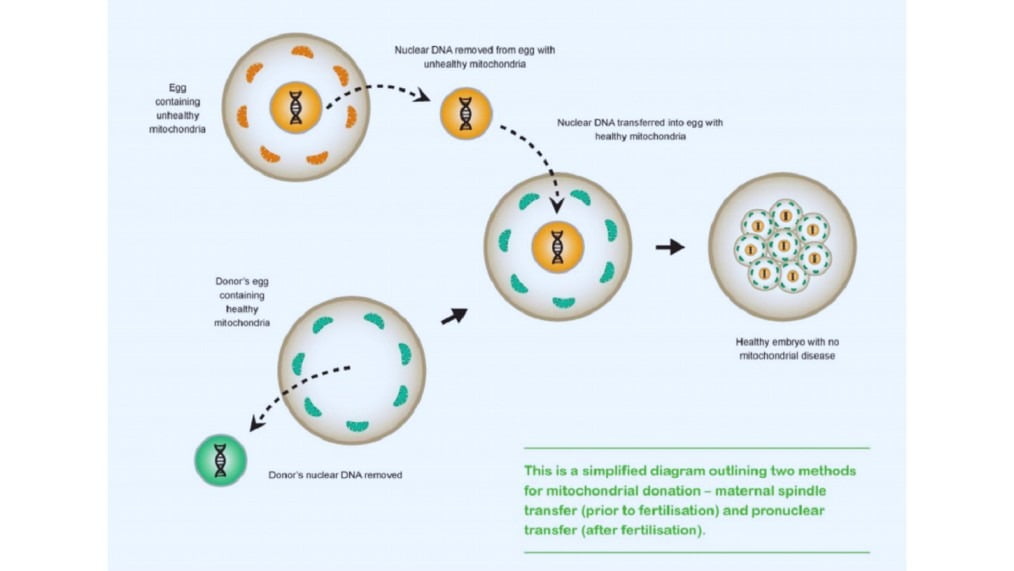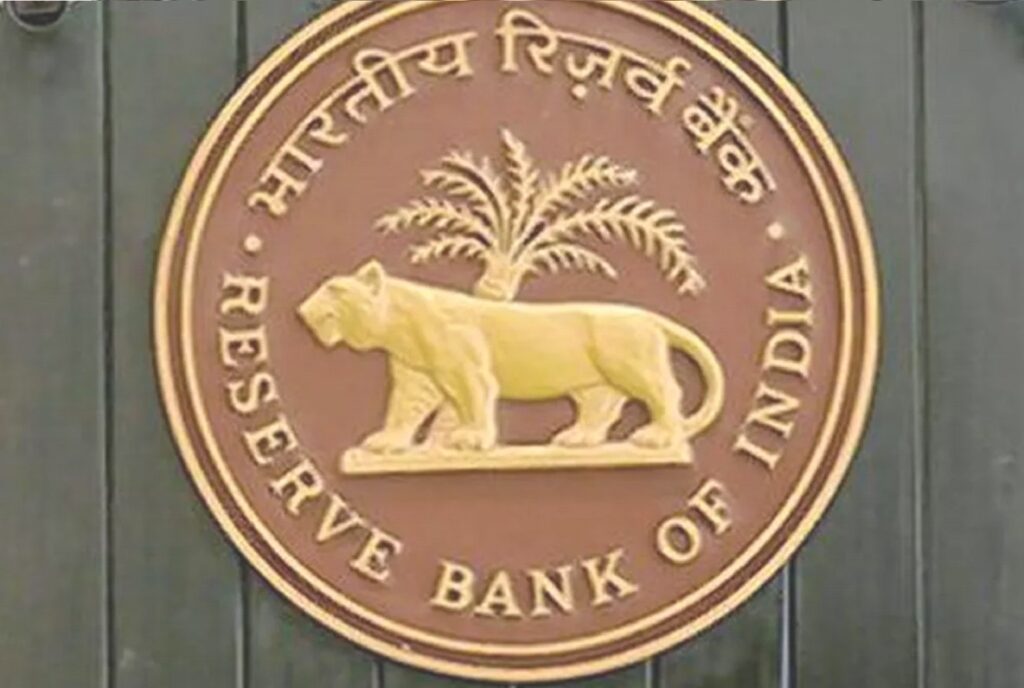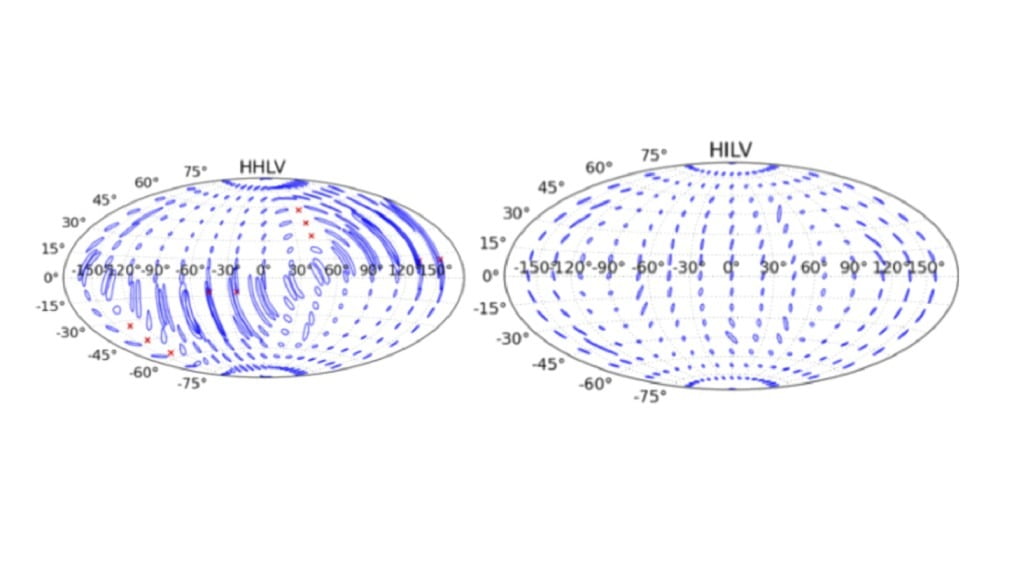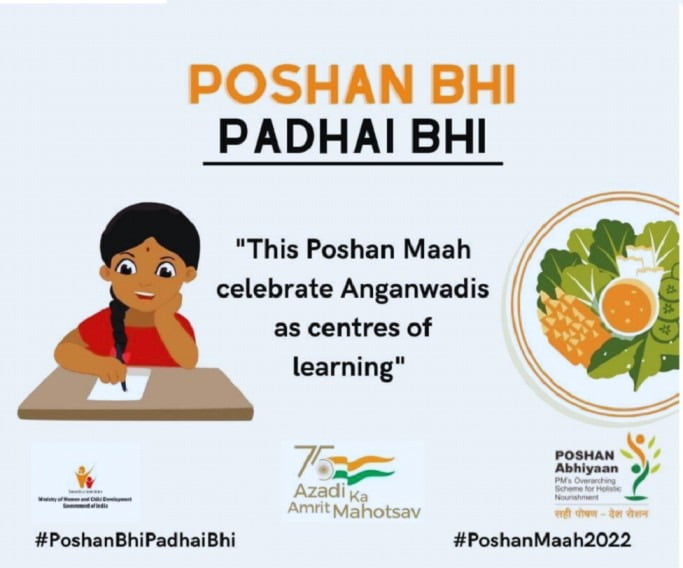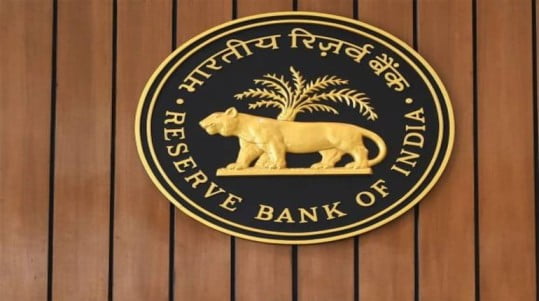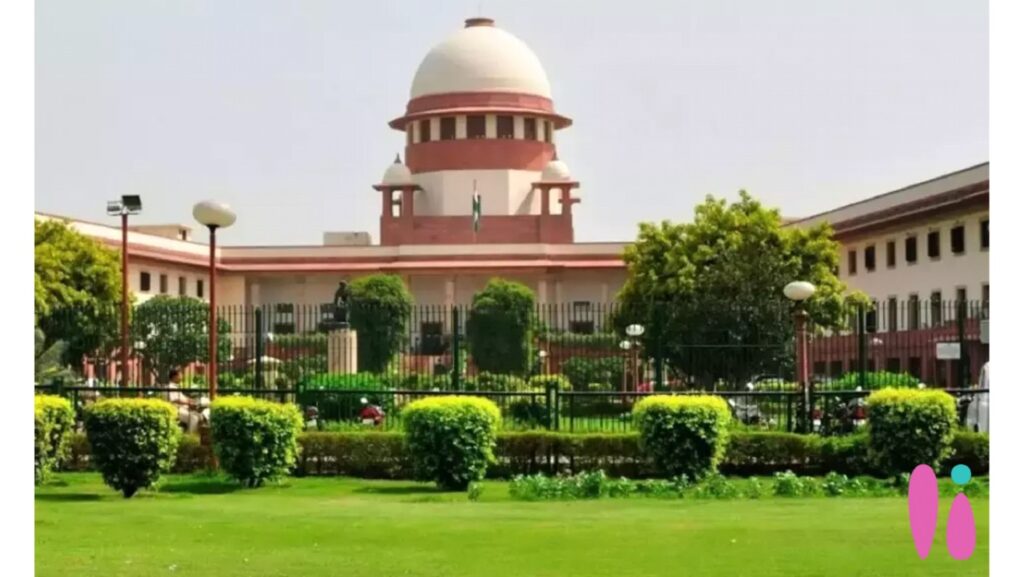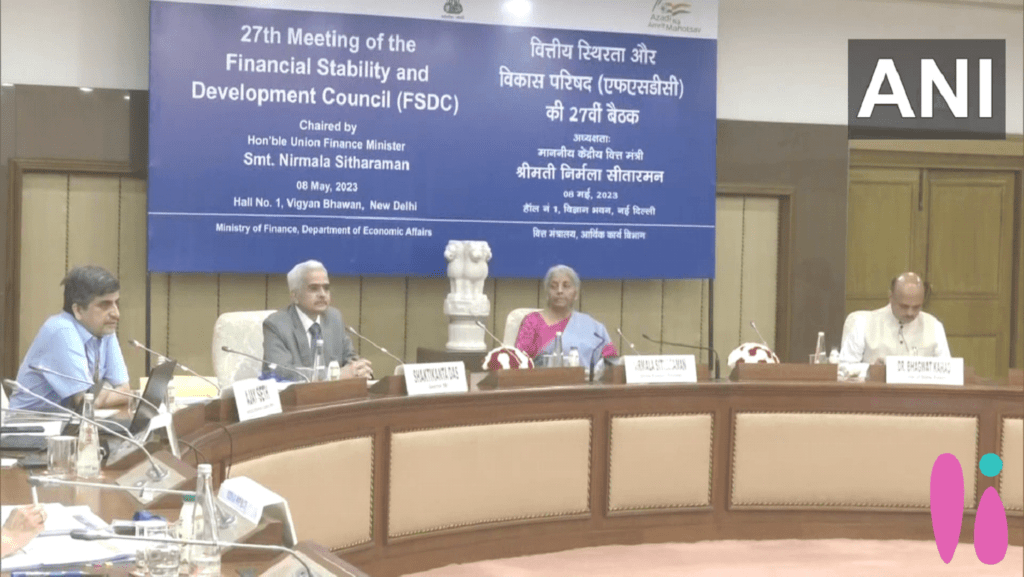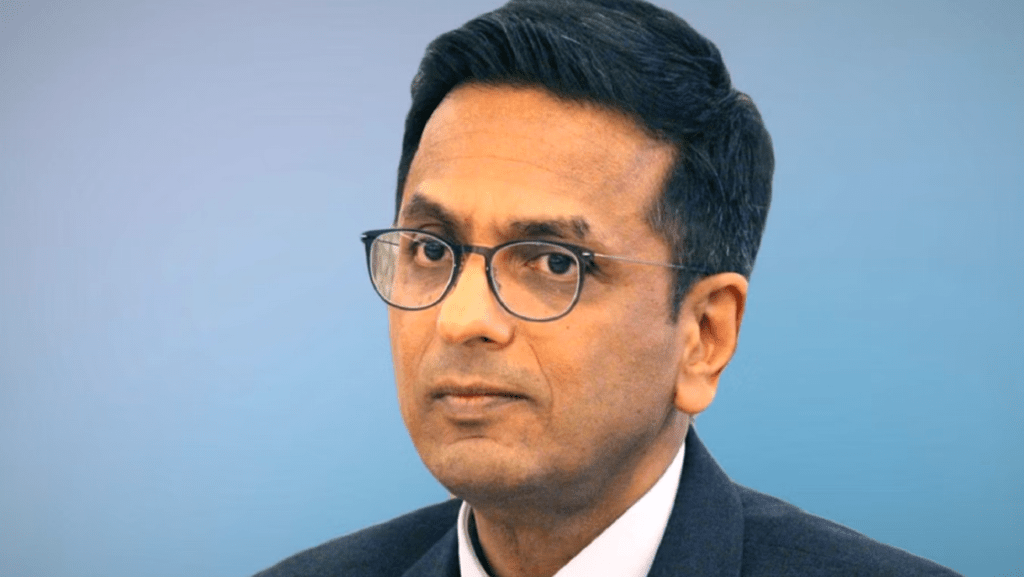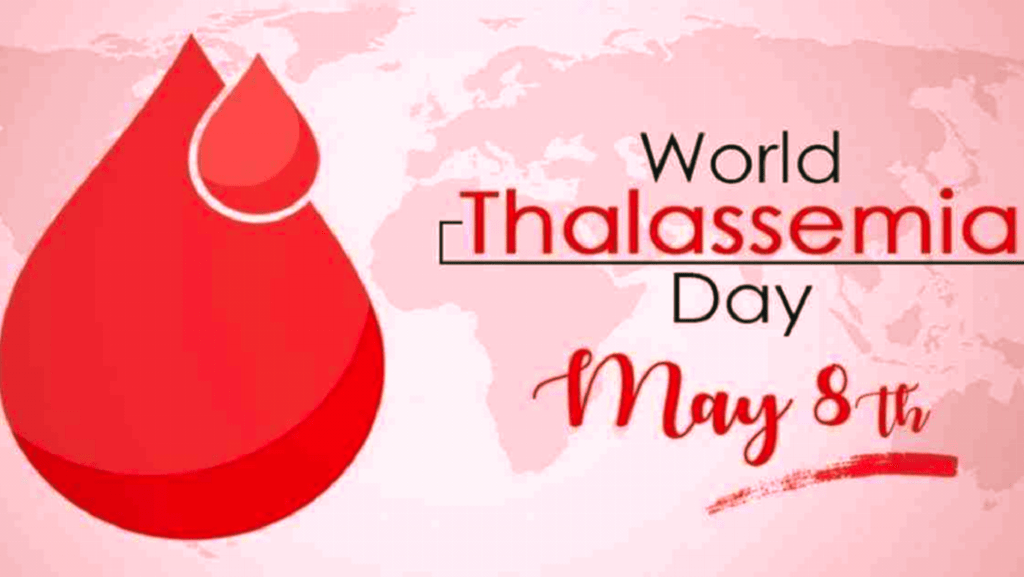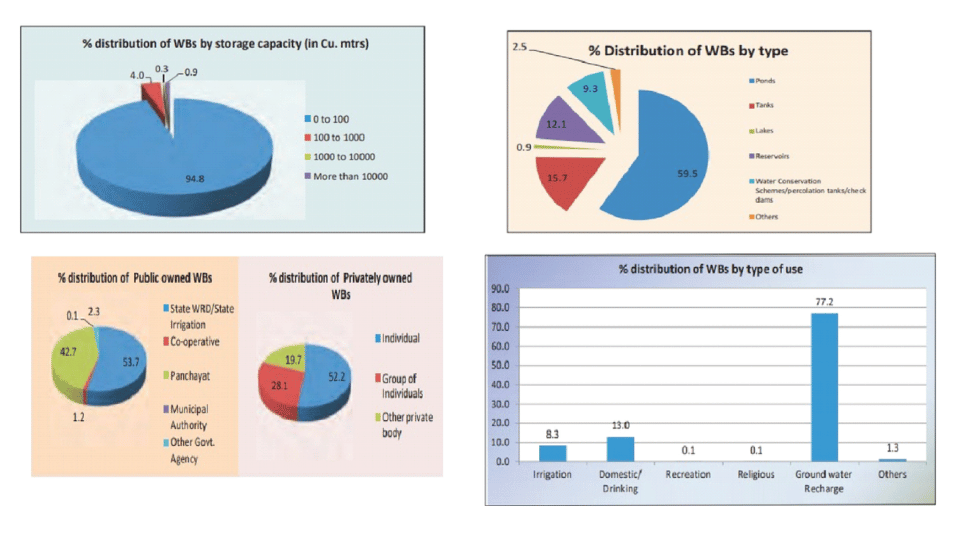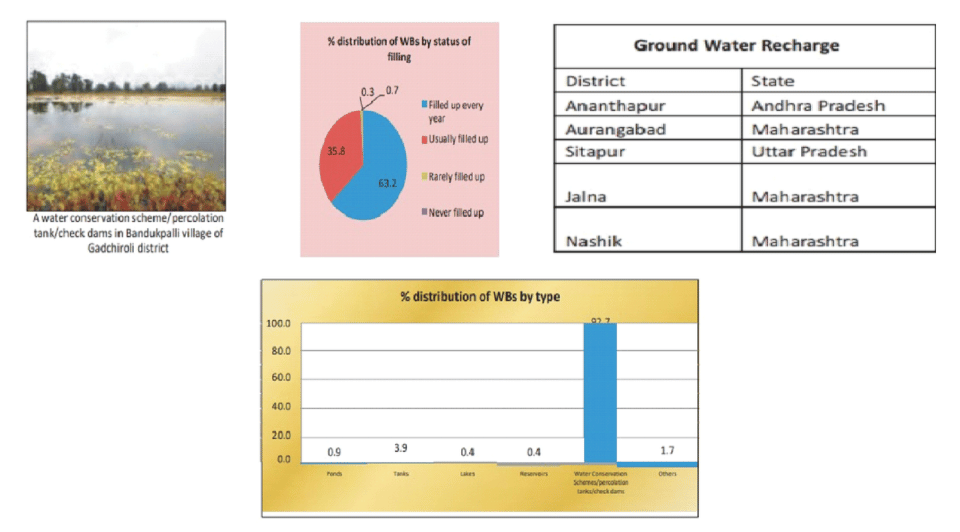Important Articles held on 23rd and 24th June
Important Articles held on 23rd and 24th June
Food Corporation of India and Public Distribution System
Important Articles held on 23rd and 24th June
Why in news: FCI not to consider request by States for more foodgrains under open market scheme
Relevance: Prelims and GS 3 (Public Distribution System- objectives, functioning, limitations, revamping)

The Food Corporation of India (FCI) is a government-owned corporation responsible for the procurement, storage, and distribution of food grains in India. It was established in 1965 under the Food Corporations Act, 1964, and operates under the administrative control of the Ministry of Consumer Affairs, Food, and Public Distribution.
Information related to Food Corporation of India:
- Procurement Activities:
- FCI procures various food grains such as rice and wheat from farmers across the country.
- The corporation operates through a network of procurement centers called “mandis” or “purchase centers.”
- FCI procures grains at the Minimum Support Price (MSP) set by the government to ensure fair prices for farmers.
- Storage Facilities:
- FCI has an extensive network of storage facilities across India.
- The corporation maintains godowns (warehouses) and silos for the proper storage of food grains.
- Storage capacities are regularly expanded to accommodate increasing procurement and buffer stock requirements.
- Buffer Stock and Distribution:
- FCI maintains buffer stocks of food grains to stabilize prices and ensure food security in the country.
- Buffer stocks are used for various welfare schemes like the Public Distribution System (PDS) and other government programs.
- The corporation distributes food grains to state governments, which further distribute them to fair price shops for public distribution.
- Transportation and Logistics:
- FCI manages a vast transportation network to move food grains from procurement centers to storage facilities and distribution points.
- Railways, roadways, and waterways are utilized for efficient transportation.
- The corporation also coordinates with various logistics providers and agencies to ensure timely delivery.
- Food Grain Movement and Monitoring System (FGMMS):
- FCI has implemented the Food Grain Movement and Monitoring System, an online platform, to track the movement of food grains from procurement to distribution.
- This system enhances transparency, reduces leakages, and ensures the effective management of food grain stocks.
Important Articles held on 23rd and 24th June In addition to the Targeted Public Distribution System (TPDS) and the National Food Security Act (NFSA) implemented by the Ministry of Consumer Affairs, Food & Public Distribution, the Food Corporation of India (FCI) participates in issuing food grains under various welfare schemes. These schemes are designed to cater to specific needs and provide essential nutrition to different segments of the population. Here are the key facts about these welfare schemes:
- Mid-Day Meal Scheme (MDMS):
- Centrally-Sponsored Scheme under the Ministry of Education.
- Aims to enhance enrollment, retention, and attendance while improving the nutritional levels of students in Classes I to VIII.
- Covers Government, Government-aided schools, Special Training Centres (STC), Madarasas, and Maktabs supported under the Sarva Shiksha Abhiyan.
- Wheat Based Nutrition Programme (WBNP):
- Implemented by the Ministry of Women & Child Development.
- Utilizes food grains allocated under the Integrated Child Development Scheme (ICDS).
- Provides nutritious and energy-rich food to children below 6 years of age and expectant/lactating women.
- Scheme for Supply of Foodgrains for SC/ST/OBC Hostels:
- Eligible hostels with 2/3rd students belonging to SC/ST/OBC receive 15 kg of food grains per resident per month.
- Allocations made by the Department of Food and Public Distribution based on requests from state and UT governments.
- Scheme for Supply of Foodgrains to Welfare Institutions:
- Supports welfare institutions such as charitable institutions, beggar homes, and nariniketans not covered under TPDS or other schemes.
- Additional allocation of food grains (rice and wheat) not exceeding 5% of the BPL allocation is provided to states and UTs at BPL prices.
- Annapurna Scheme:
- Launched by the Ministry of Rural Development.
- Provides 10 kg of food grains per person per month free of cost to indigent senior citizens aged 65 years and above not receiving pension under NOAPS.
- Rajiv Gandhi Scheme for Empowerment of Adolescent Girls (RGSEAG) – ‘SABLA’:
- Implemented by the Ministry of Women & Child Development.
- Aims to empower adolescent girls aged 11-18 years.
- Enhances nutritional and health status while improving home skills, life skills, and vocational skills.
- Requires a provision of 100 grams of food grains per beneficiary per day for 300 days in a year.
- Supply of food grains to Defence and Para-Military forces:
- FCI supplies food grains to defense personnel and para-military forces on a quarterly basis.
- Allotment made by the Ministry of Consumer Affairs, Food & Public Distribution based on the requirement received from the Ministry of Defence.
These welfare schemes have a significant impact on addressing nutrition and empowering specific segments of the population, ensuring their overall well-being and development.
The Public Distribution System
The Public Distribution System (PDS) in India is a government-run initiative aimed at providing essential commodities such as food grains, sugar, and kerosene at subsidized prices to the economically disadvantaged sections of society. The PDS is administered by the Food Corporation of India (FCI) in collaboration with state governments and operates under the Ministry of Consumer Affairs, Food, and Public Distribution.
Features and components of the Public Distribution System in India:
- Target Beneficiaries: The PDS primarily caters to two main categories of beneficiaries:
- Below Poverty Line (BPL) Families: These families are identified based on defined poverty criteria and are entitled to receive subsidized food grains.
- Above Poverty Line (APL) Families: These families, although not eligible for subsidized grains, may still receive food grains at a relatively higher price than BPL families.
- Essential Commodities: The PDS provides essential commodities at subsidized rates, including:
- Food Grains: Typically, rice and wheat are distributed through the PDS. The government determines the quantity and price of these grains.
- Sugar: In some states, sugar is also included as part of the PDS.
- Kerosene: Kerosene oil is distributed through the PDS for domestic use.
- Ration Card System: The PDS operates on a ration card system, wherein eligible households are issued a ration card that serves as an identification and entitlement document.
- Below Poverty Line (BPL) Ration Cards: These cards are issued to households falling below the defined poverty line, entitling them to receive subsidized food grains.
- Above Poverty Line (APL) Ration Cards: These cards are issued to households that are not below the poverty line but still wish to purchase grains through the PDS.
- Fair Price Shops (FPS): The distribution of subsidized commodities takes place through a network of Fair Price Shops.
- These shops, also known as ration shops, are established at various locations across the country.
- Fair Price Shops are responsible for distributing the allocated quantity of food grains to eligible ration cardholders.
- Aadhaar Integration: The government has integrated the Aadhaar system (a unique identification number) with the PDS to streamline and ensure accurate identification of beneficiaries, reduce leakages, and prevent duplicate or fake ration cards.
- Reforms and Digitization: Efforts have been made to reform the PDS and introduce technology-driven solutions to improve efficiency, transparency, and accountability.
- Computerization and digitization of the PDS to eliminate manual processes and enhance transparency.
- Introduction of end-to-end computerization and online tracking systems to monitor the movement of food grains.
- Direct Benefit Transfer (DBT) scheme to transfer subsidies directly into the bank accounts of beneficiaries, reducing leakages and diversions.
The PDS is a crucial social welfare program in India, aiming to ensure food security and alleviate poverty by providing subsidized food grains to those in need. The system continues to undergo reforms to enhance its effectiveness and reach the intended beneficiaries more efficiently.
Drone technology
Why in news: Drones used to monitor road blocks in Manipur
Relevance: Prelims and GS 3 (Internal security, Science and Technology- developments and their applications and effects in everyday life and Awareness in the fields of IT, Space, Computers, robotics, nano-technology, bio-technology and issues relating to intellectual property rights)

Drone technology refers to the development and use of unmanned aerial vehicles (UAVs), commonly known as drones. Drones are aircraft that are either remotely piloted or operated autonomously using onboard computers and sensors. They come in various sizes, ranging from small handheld models to larger aircraft capable of carrying significant payloads.
Features of drone technology:
- Design and Components: Drones typically consist of a lightweight frame, electric motors, propellers, a power source (such as batteries), sensors (e.g., GPS, gyroscopes, accelerometers), and a control system (either manual remote control or autonomous programming). The design can vary based on the drone’s purpose, such as aerial photography, package delivery, military surveillance, or scientific research.
- Remote Control and Autonomy: Drones can be remotely controlled by a human operator using a remote control device or a computer interface. Advanced drones also incorporate autonomous capabilities, allowing them to perform pre-programmed tasks, follow flight paths, and make decisions based on sensor inputs.
- Applications: Drones have a wide range of applications across various industries. Some common uses include aerial photography and videography, monitoring and inspecting infrastructure (e.g., power lines, pipelines, bridges), search and rescue operations, agricultural monitoring, environmental research, and even recreational activities.
- Payloads and Sensors: Drones can carry different types of payloads, depending on their purpose. These can include high-resolution cameras for aerial photography and videography, multispectral sensors for agricultural analysis, thermal imaging cameras for search and rescue operations, and LiDAR systems for mapping and surveying.
- Regulations: Due to safety and privacy concerns, the operation of drones is regulated by aviation authorities in many countries. These regulations often include restrictions on flight altitude, operating in designated areas, and obtaining permits or licenses for commercial drone use. It’s important for drone operators to be aware of and comply with these regulations.
- Advancements and Future Trends: Drone technology is rapidly evolving. Advancements include increased flight range and endurance, improved obstacle avoidance systems, enhanced image stabilization for better aerial photography, and the development of swarming technology, where multiple drones can collaborate on complex tasks. Additionally, the integration of artificial intelligence and machine learning algorithms is enabling drones to perform more sophisticated tasks autonomously.
Overall, drone technology has the potential to revolutionize industries and change the way we approach tasks that were previously difficult or costly to accomplish. However, it’s essential to balance technological advancements with responsible and ethical use to ensure safety, privacy, and regulatory compliance.
According to The Drones Rules – 2021
- Categories of Drones: The regulations classify drones into five categories based on their maximum take-off weight (including payload). The categories are Nano (up to 250 grams), Micro (250 grams to 2 kg), Small (2 kg to 25 kg), Medium (25 kg to 150 kg), and Large (above 150 kg).
- Drone Pilot Requirements: To operate drones in India, individuals must obtain a Remote Pilot License (RPL) issued by the DGCA. To be eligible for the license, pilots need to be at least 18 years old, pass a relevant ground training program, and pass a written exam conducted by the DGCA.
- Drone Operator Requirements: Drone operators need to obtain a Unique Identification Number (UIN) for each drone they intend to fly. Additionally, for drones falling under the Micro and above categories, operators need to obtain an Unmanned Aircraft Operator Permit (UAOP) from the DGCA.
- No-Fly Zones and Restricted Areas: Certain areas are designated as “No-Fly Zones” or restricted airspace, including airports, military installations, and other sensitive areas. Drone operators are prohibited from flying in these zones without prior permission from the authorities.
- Drone Operations: The regulations outline various operational restrictions and guidelines for drone flights. These include limitations on maximum altitude (e.g., 400 feet above ground level), maintaining a visual line of sight with the drone, avoiding flights near populated areas, and not flying drones over public gatherings or near emergency response operations.
- Payload Restrictions: The regulations specify that drones should not carry any hazardous material or payload that may endanger the safety of the aircraft or people on the ground.
- Insurance: Drone operators are required to have third-party liability insurance for their drones, as specified by the DGCA.
Click on the link below for The Drone rules – 2021
Kandela IAS recognizes the value of keeping abreast of current events and offers a diverse range of courses to help you stay informed of the latest developments and trends. Kandela IAS team of experienced faculty members is committed to delivering top-quality education that equips you with the knowledge and skills necessary to succeed in your profession. Our blog post, “Important Articles held on 23rd and 24th June,” provides you with valuable information about significant happenings worldwide. Moreover, Kandela IAS provide comprehensive current affairs courses that encompass a broad range of topics, including politics, economics, sports, and entertainment.
So, if you want to achieve your career objectives, enroll in our courses today and take advantage of the learning opportunities we provide. And also Subscribe for our Youtube Channel Kandela IAS For more updates
At Kandela IAS, we understand the importance of staying informed and up-to-date with current events. Whether you are a professional aiming for career growth or an individual seeking personal development, our comprehensive current affairs courses are designed to cater to your needs. We offer a diverse range of topics, including politics, economics, sports, and entertainment, ensuring that you gain a holistic understanding of the world around you.
By enrolling in our courses, you will have access to experienced faculty members who are dedicated to delivering top-quality education. Our faculty brings a wealth of knowledge and expertise, providing you with valuable insights and perspectives on the latest developments and trends. Through engaging lectures, interactive discussions, and practical exercises, we aim to equip you with the knowledge and skills necessary to succeed in your profession.
Our blog post, “Important Events held on 18th and 19th May,” serves as a preview of the kind of valuable information and insights you can expect from our courses. In this blog post, we highlight significant happenings worldwide during those specific dates. By reading this post, you will get a glimpse of the type of content we cover and the depth of analysis we provide.
To stay even more updated with the latest developments, we encourage you to subscribe to the Kandela IAS YouTube channel. Our YouTube channel offers additional resources, including video lectures, expert interviews, and informative discussions on various current affairs topics. By subscribing, you will have access to a wealth of information that complements our courses, enabling you to expand your knowledge base further.
In today’s dynamic world, it is crucial to be well-informed and adaptable. By taking advantage of the learning opportunities provided by Kandela IAS, you can effectively achieve your career objectives. Whether you aspire to excel in the corporate world, government services, or any other profession, our courses will empower you with the necessary knowledge and skills to navigate the complexities of the modern landscape.
Enroll in our courses today and embark on a journey of continuous learning and growth. Stay informed, stay ahead, and unlock your full potential with Kandela IAS.












